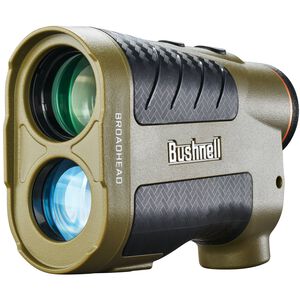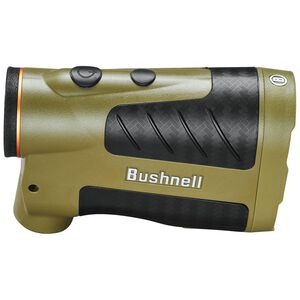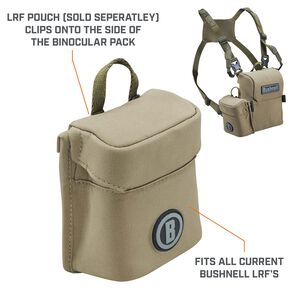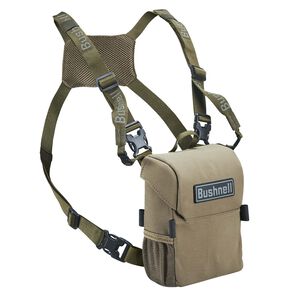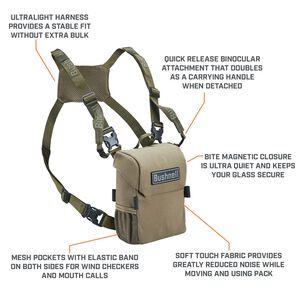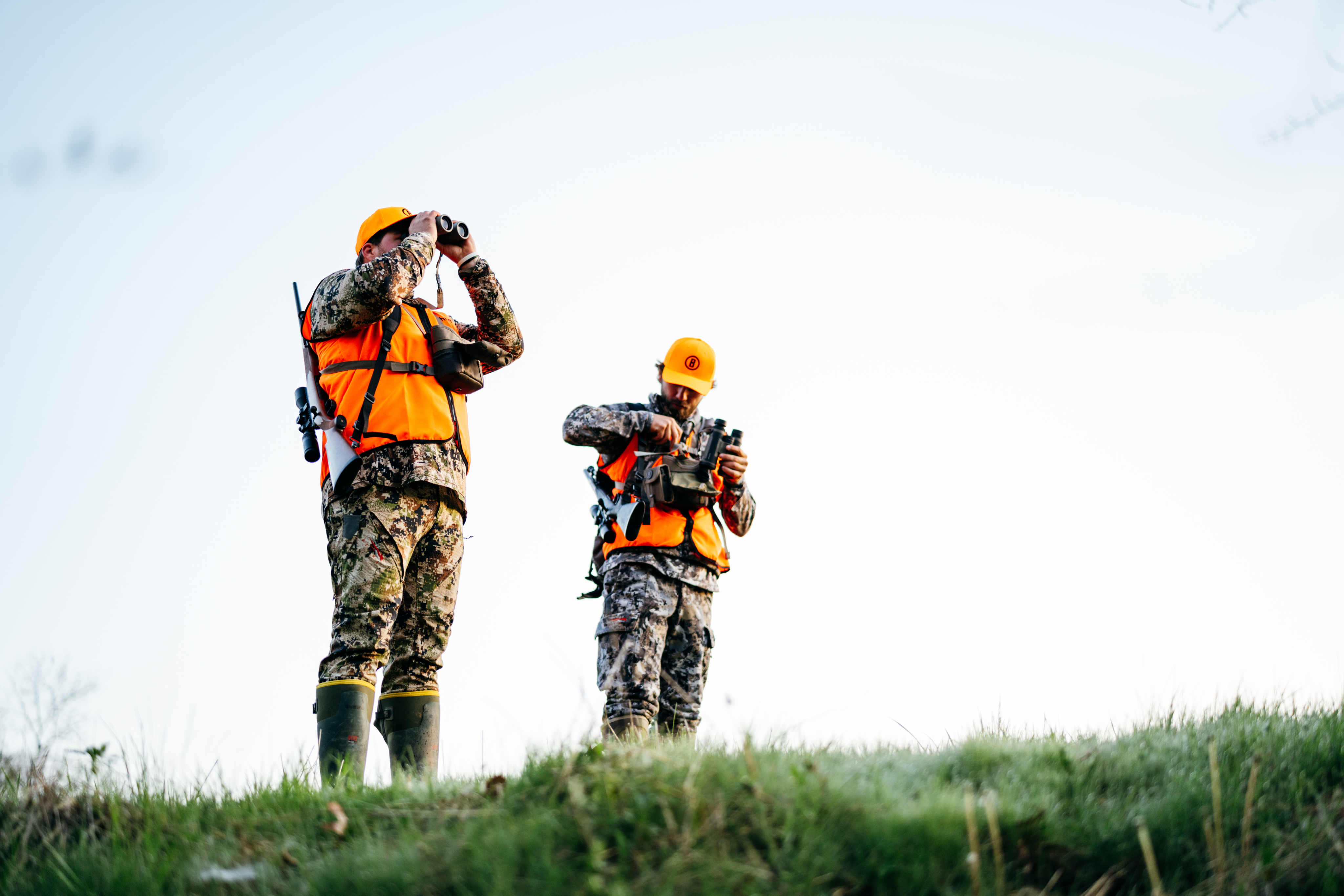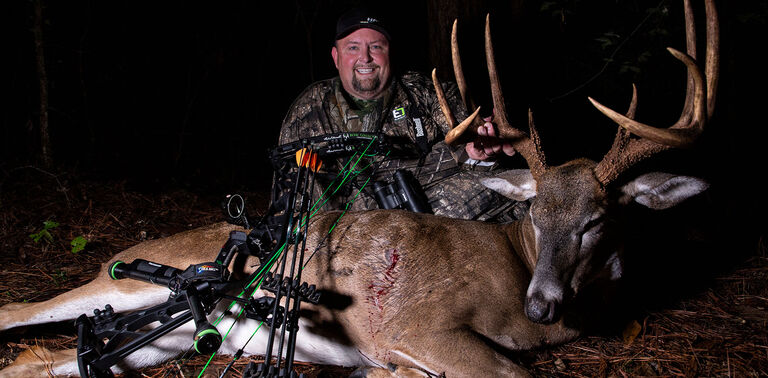
THE EASY WAY TO SIGHT IN A BOW
Whether you’re firmly in the single-pin adjustable crowd or prefer to stick with the tried-and-true, fixed-pin setup, one thing remains the same: You need to make sure your aiming device is dead-on and ready for opening day.
Fortunately, offseason practice is made for such chores and dialing in your sighting system is a task every bowhunter must tackle.
No matter how meticulous you are with your sighting-in process, however, the results will be lackluster if your rangefinder feeds you bad data. There’s nothing worse than blowing a shot after hours of preparation, days of anticipation and weeks, or even months, of dreaming, planning and persevering. In short, your rangefinder should be ready to deliver the kind of effort and performance you expect of yourself.
The new Broadhead rangefinder is up to the task. With incredible +/- 0.3 yard accuracy, you can sight in confident that the yardage you see in the display is the correct yardage, regardless of color target or whether you’re hunting from an elevated stand, hunting in hill country or stalking the prairies.
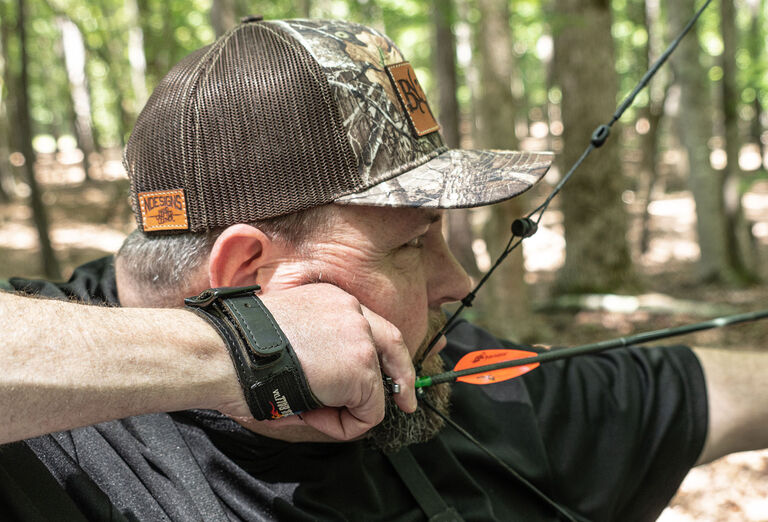
SIMPLE FIXED-PIN SETUPS
For fixed-pin sights, simple is best and this is one of the simplest processes you can use to get dialed in. -pin systems typically come in 3- or 5-pin configurations. For the majority of whitetail hunters in the Midwest, the 3-pin is arguably the go-to while Western hunters with more open space and the potential for longer shots, opt for 5-pin sights.
Regardless of the system you use, here’s a quick way to get dialed in. We’ll use a 3-pin sight for this example.
First, start close. Range your target and position yourself for a first shot at 10 yards. Of course, your results will vary a bit depending on the speed of your bow but for most modern compounds, this process will get things really close and make fine-tuning a breeze.
From 10 yards, you’re looking to hit about ½ inch or so high of your desired impact point. Aim small…think of trying to hit a shiny dime directly in the center. Adjust your top pin until you’re hitting just above your aiming point.
With that set, take another range and position yourself at 15 yards from the target. Again, this will vary slightly depending on your bow speed but…your arrow should be hitting where you aim at 15 yards. If not, make fine adjustments until you are.
Take another range and set up 30 yards from your target. Adjust the middle pin to be roughly the width of one of your sight pins below the top pin. Take a shot. Your point of impact should be pretty close. Fine-tune until it’s right where you want it.
Now, step back and range the target again. This time, you want to be 45 yards from the target. Adjust your third pin to be roughly two pin-widths below the second pin. Take the shot and adjust accordingly.
Be sure to practice at different ranges to see which pin covers each scenario. Generally speaking, your top 15-yard pin should cover yardages from 10 to about 22 yards. For shots 23-32 yards, the second pin is the pin of choice. For ranges of 33-40 yards, the bottom pin will put you on target. Again, each bow setup is unique and this is simply a starting point to get you started.
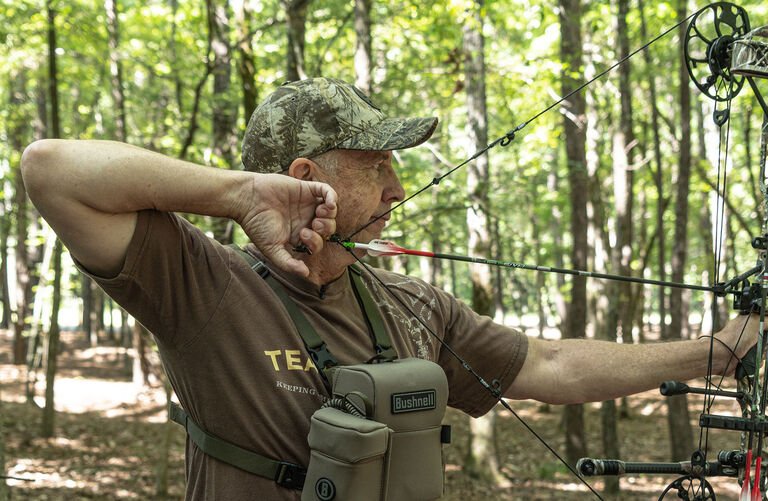
ONE-PIN WONDERS
Adjustable, single-pin setups are popular with bowhunters who want the clarity of a single-pin sight window. They’re also ideal for use with the Broadhead rangefinder because they allow you to dial in your pin to the exact distance to the target. With the Broadhead’s incredible accuracy, this means you will be setting your pin at the correct distance to the target every time.
Be sure to follow the manufacturer’s instructions for dialing in your single-pin setup as each model can be different and, of course, is tuned specifically to the speed of your bow setup.
